Architectural Visualization vs Architectural Illustration: Essential Information You Should Be Aware Of
Architectural illustration and architectural visualization fulfill different roles within the design process. Illustrations, which may be hand-drawn or created with digital tools, are generally employed to express initial design concepts and convey ideas in a more artistic or stylized manner. Conversely, visualization utilizes 3D modeling and rendering software to produce photorealistic images and even interactive experiences, offering clients and stakeholders a more comprehensive and realistic depiction of the final product.
Architectural Visualization vs Architectural Illustration: What You Need to Know for clients, architects, and developers when choosing the right tool to communicate a design concept.
Architectural Illustrations vs. Architectural Visualization Services: Key Differences and Use Cases
Though often used interchangeably, architectural illustrations and architectural visualization services are distinct in purpose, style, and application. Understanding the difference is important for clients, architects, and developers when choosing the right tool to communicate a design concept.
The recipe for a loaf of bread is distinct from the actual baked bread, just as 3D Architectural Visualization Services are unique. The recipe provides insight into the ingredients, appearance, and type of bread; moreover, altering the recipe is considerably simpler than modifying the finished loaf. However, the baked product is far more appealing and intricate than the mere concept of bread. Let us examine these two concepts in relation to architecture and explore their key differences.
#1: Definition : Architectural Visualization compared to Architectural Illustration:
✅ Architectural Illustration :
- A hand-drawn or digitally rendered artistic representation of a building or landscape.
- Often stylized and interpretive, prioritizing mood, atmosphere, and artistic expression.
- May not be fully accurate in scale or material detail.
✅ Architectural Visualization :
- A photorealistic, digital rendering created using 3D modeling and rendering software.
- Highly accurate in scale, materials, lighting, and context.
- Aims to replicate what the finished structure will look like in the real world.
#2: Purpose and Use Cases:
✅ Architectural Illustration :
- Primary Use : Conceptual presentations, early design phases, marketing
- Audience : Clients who appreciate artistry or need to understand early concepts
- Common Use Cases : Concept sketches, competitions, storyboards, brochures
✅ Architectural Visualization :
- Primary Use : Final design approvals, investor presentations, construction planning
- Audience : Stakeholders requiring realistic previews: clients, city planners, builders
- Common Use Cases : Virtual tours, client approvals, real estate pre-sales, AR/VR integration
#3: Style and Aesthetic :
✅ Architectural Illustration can be :
- Loose and impressionistic
- Hand-rendered or digital (watercolor effects, pencil sketches, etc.)
- Designed to evoke emotion or sell a design concept in broad strokes
✅ Architectural Visualization are :
- Hyper-realistic or physically accurate
- Based on actual design specs (materials, lighting, environment)
- Geared toward realism and precision
#4: Tools and Techniques :
✅ Architectural Illustration Tools :
- Illustration Tools: Photoshop, Illustrator, Procreate, traditional media (ink, watercolor)
✅ Architectural Visualization Tools :
- Visualization Tools: SketchUp, Revit, 3ds Max, V-Ray, Lumion, Blender, Unreal Engine
#5: Level of Detail and Accuracy :
- Illustrations: Loosely based on design intent; may exaggerate or simplify for effect
- Visualizations: Exact dimensions, real-world lighting, accurate materials, and textures
#6: Cost and Production Time :
- Illustrations: Generally faster and more cost-effective for early concepts
- Visualizations: Require more time, data, and expertise, hence more costly—best suited for later stages of the project
#7: Summary Table :
✅ Architectural Illustration can be :
- Realism : Stylized
- Accuracy : Conceptual
- Best For : Early-stage ideas, storytelling
- Speed : Fast
- Cost : Lower
- Output : Artistic renderings
✅ Architectural Visualization are :
- Realism : Photorealistic
- Accuracy : Technically precise
- Best For : Detailed design presentation, approvals
- Speed : Slower
- Cost : Higher
- Output : Digital 3D renderings/animations
RELATED : A Financial Guide : 3D Rendering Prices
Conclusion:
Does your property marketing require a touch of brilliance?
Both architectural illustrations and visualizations serve vital but different roles. Use illustrations for artistic flair and early-stage concept development, and rely on visualizations when realism, technical detail, and presentation polish are essential. Choosing the right one—or combining both—can significantly enhance how architectural ideas are communicated and received.
The finest in computer-generated graphics can elevate your profits from satisfactory to outstanding.
If you wish to acquire a 3D rendering of your real estate project, please do not hesitate to contact us, and we will do our utmost to assist you! or Alternatively, you may send an email to [email protected].
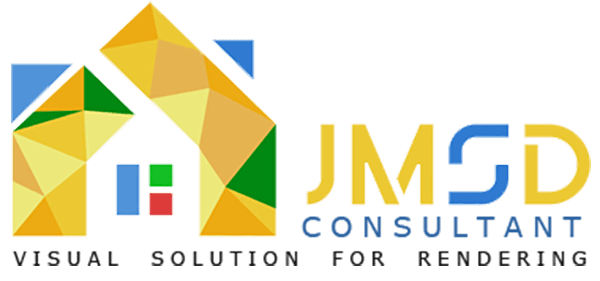
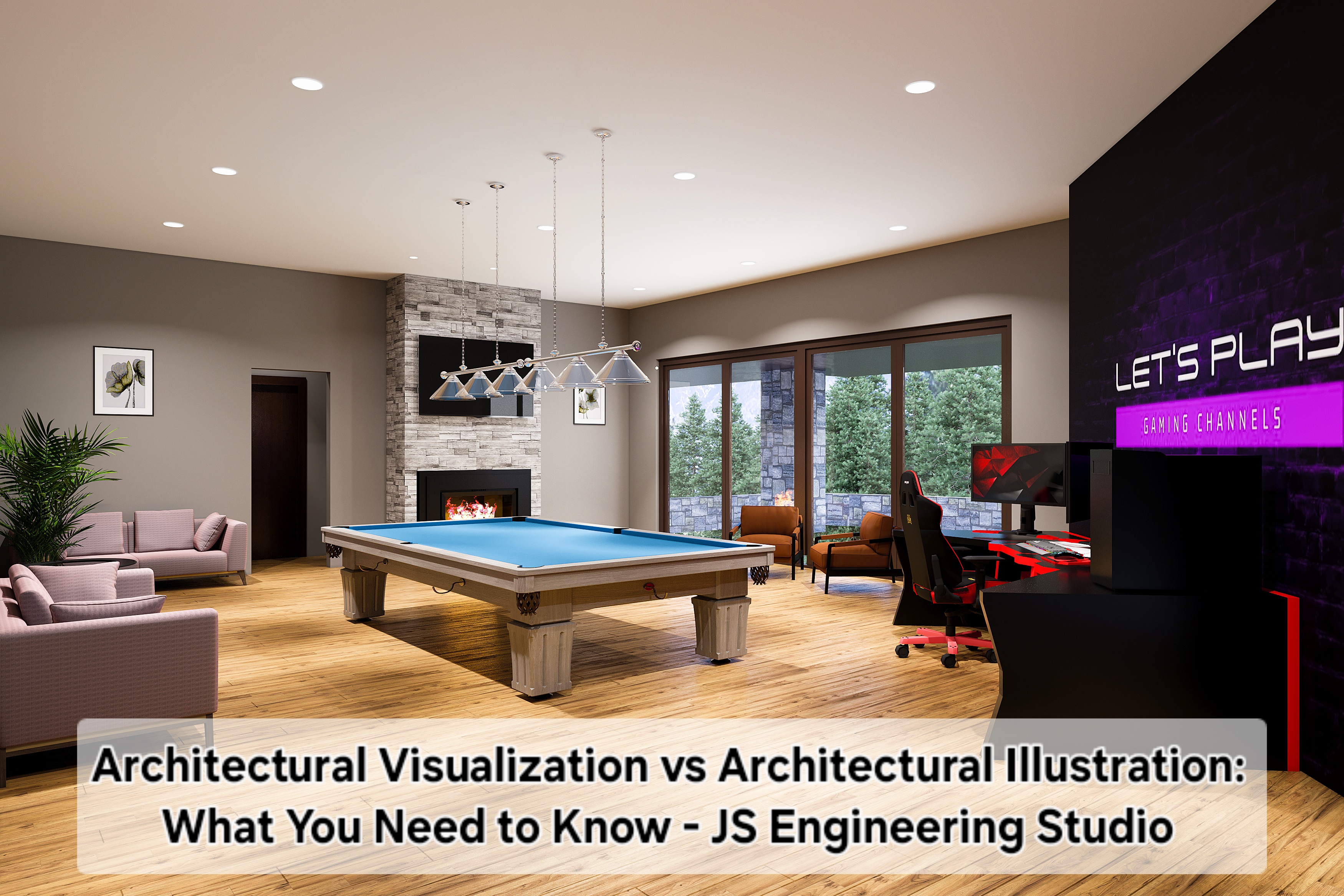
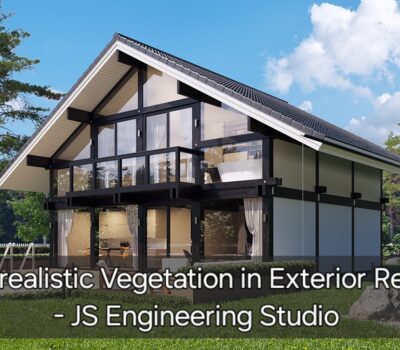
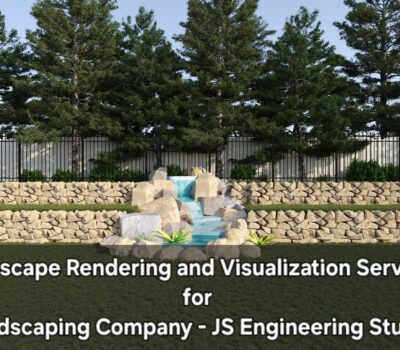
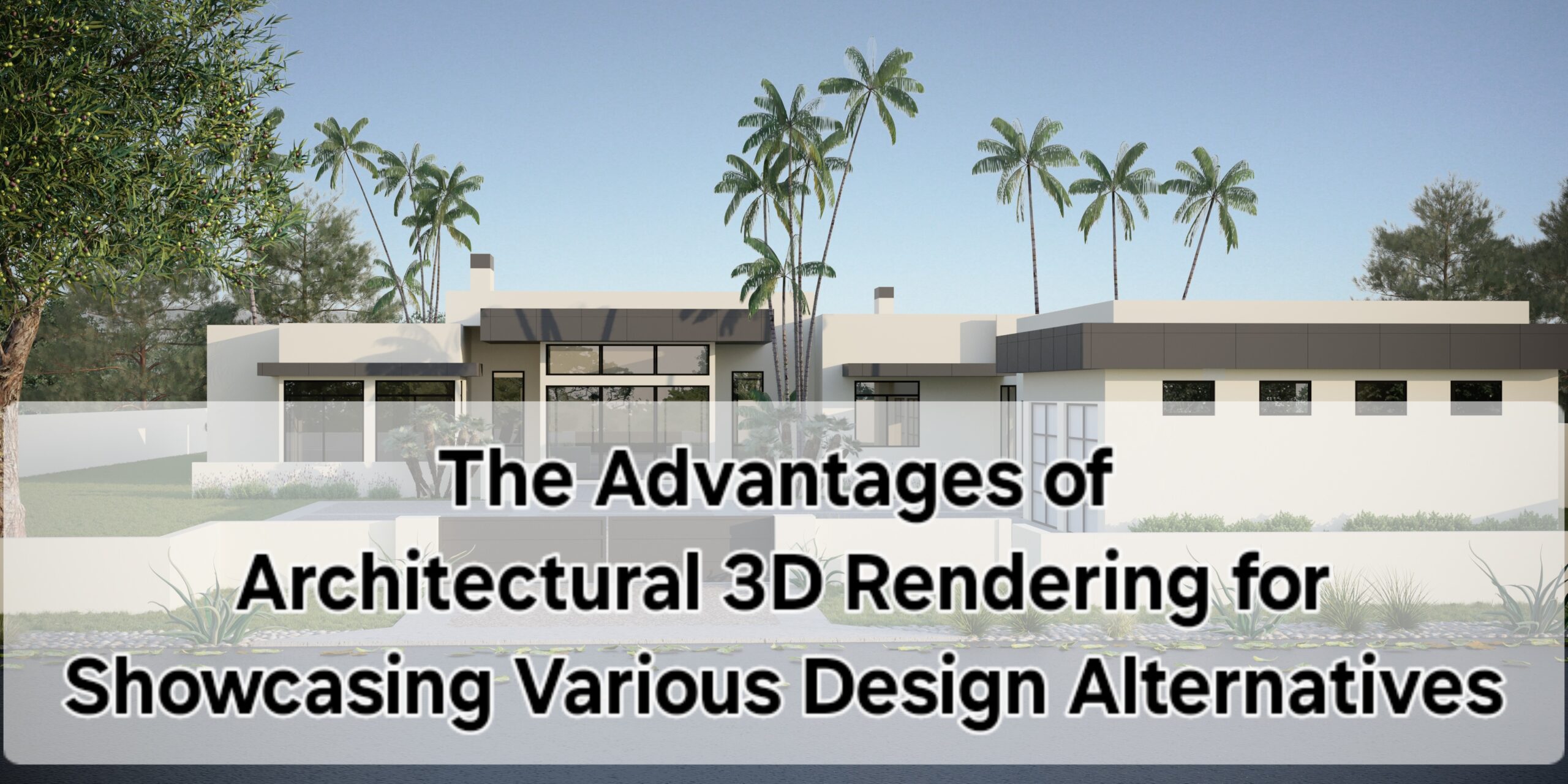

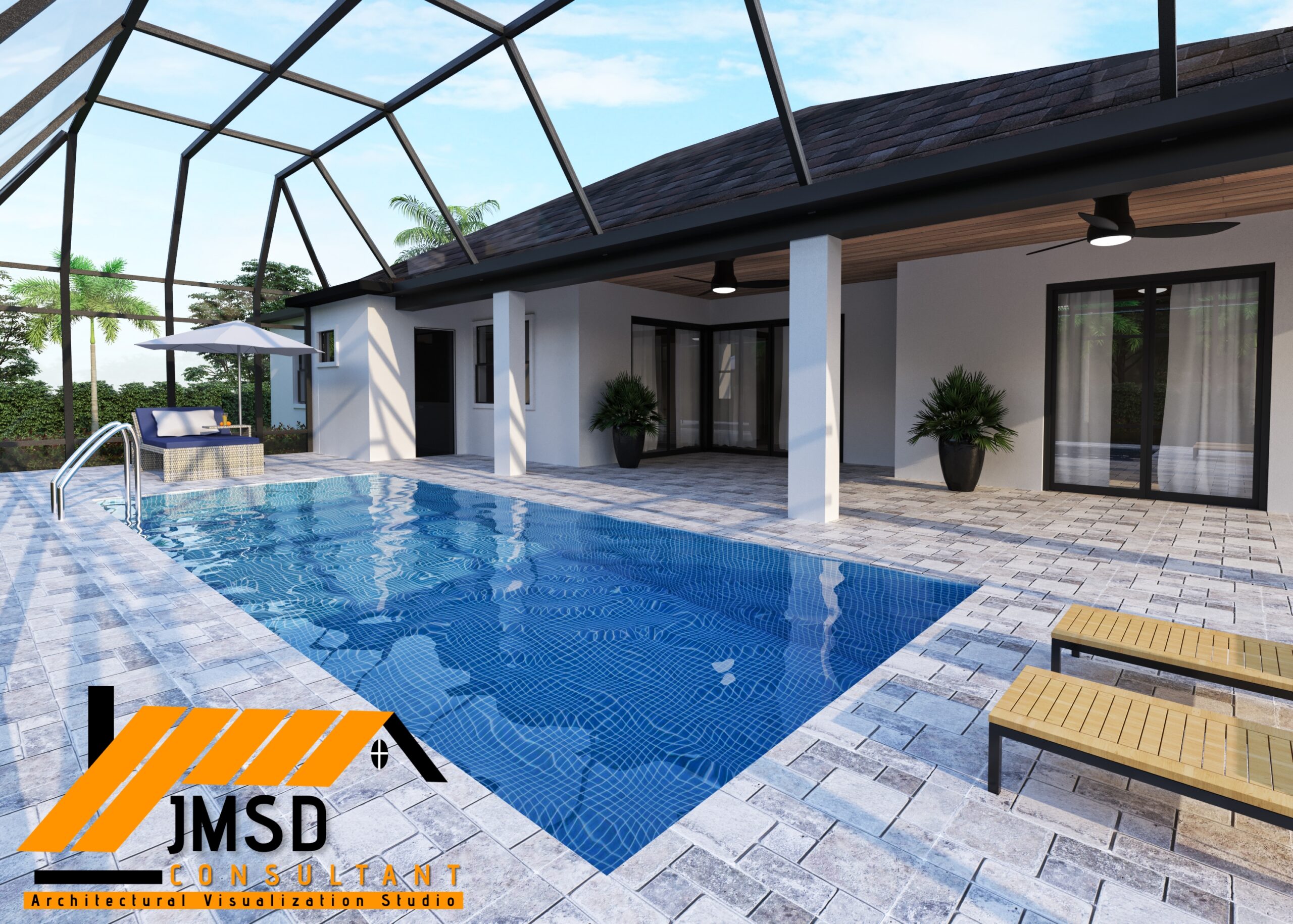
1 Comment
[…] quality: competition always brings out better results and the same applies to Architectural Architectural Visualization vs Architectural Illustration as well. Agencies involved in these services try to put in their best efforts to get the attention […]